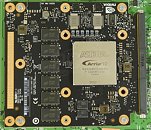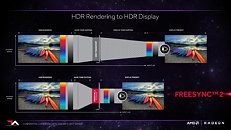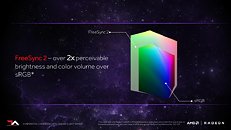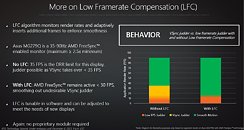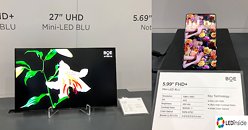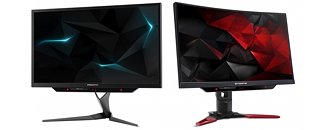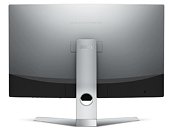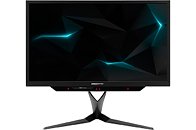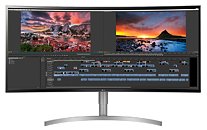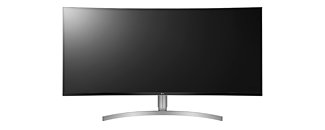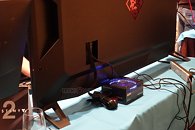Consumers' video expectations are being shaped by the brilliant images promised by 4K Ultra High Definition (UHD) video and beyond. However, the technical-based hurdles and data demands of higher quality video mean that the majority of users only have access to full HD or lower video technology. For nearly three years, the Alliance for Open Media (AOMedia) has been working in lock-step with its members, the world's best-known leaders in video, to develop a better quality internet video technology that benefits all consumers. Today, the Alliance is proud to announce the public release of the
AOMedia Video Codec 1.0 (AV1) specification, which delivers cross-platform, 4K UHD or higher online video, royalty-free - all while lowering data usage.
Whether watching live sports, video chatting with loved ones, or binging on a favorite show, online video is becoming a bigger part of consumers' daily lives. In fact, video is so important to users that by 2021, 82 percent of all the world's internet traffic will be video, according to the Cisco Visual Networking Index , 2016-2021. To remove many of the hurdles required by older, optical disc-era, video technologies, AOMedia developed AV1 specifically for the internet video-era, paving the way for companies to make more of the royalty-free, 4K UHD and higher video devices, products, and services that consumers love.









